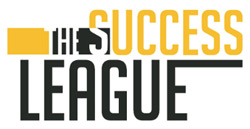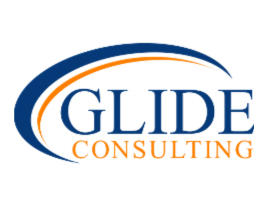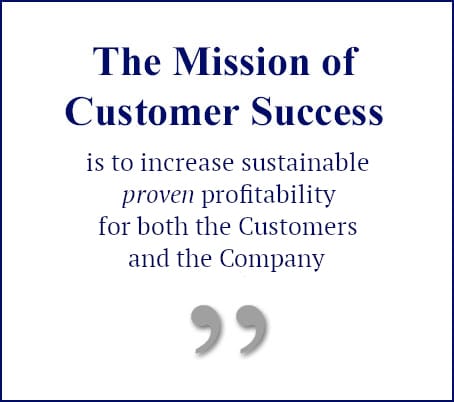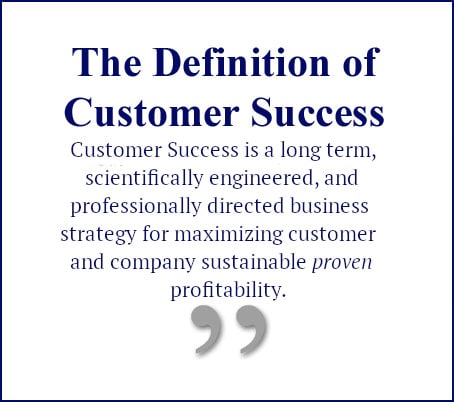The Development of Customer Success Technology
 When Software As A Service (SaaS) arrived around 2006, there were two key aspects in the new business model that would have far-reaching effects. The first was the change in the profits-realization strategy; companies would no longer reap the bulk of their profits up-front at the point of sale, but rather would realize them incrementally from income streams over time. This factor meant that retention of customers became an absolute requirement, and ultimately it became the major driver in the proliferation of Customer Success as a profession. The second aspect was that the software now resided on the vendors’ servers rather than on the customers’ premises, thereby giving the vendors the capability to monitor in real time exactly what the customers were doing with the application’s feature set. However, while the capability was there, software companies did not take advantage of it in their products despite the obvious importance of the data to customer retention. It took several years before the gap was recognized and its importance realized, but a new sector of the industry was born in response: Customer Success Technology (CSTECH).
When Software As A Service (SaaS) arrived around 2006, there were two key aspects in the new business model that would have far-reaching effects. The first was the change in the profits-realization strategy; companies would no longer reap the bulk of their profits up-front at the point of sale, but rather would realize them incrementally from income streams over time. This factor meant that retention of customers became an absolute requirement, and ultimately it became the major driver in the proliferation of Customer Success as a profession. The second aspect was that the software now resided on the vendors’ servers rather than on the customers’ premises, thereby giving the vendors the capability to monitor in real time exactly what the customers were doing with the application’s feature set. However, while the capability was there, software companies did not take advantage of it in their products despite the obvious importance of the data to customer retention. It took several years before the gap was recognized and its importance realized, but a new sector of the industry was born in response: Customer Success Technology (CSTECH).
The First Wave — 2009-2013: Customer Success Platforms
The initial function of the new Customer Success Platform products was to enable software vendors to monitor their customers’ usage of application feature sets, but even more to track the overall health of the customer relationships. Dashboards would inform individual Customer Success Managers (CSMs) as to which accounts needed the most attention at any given time, while also providing the CS team leadership with the ability to monitor the activities of their CSMs. Standard procedures, playbooks, were created with automatic triggers so that processes could be tested and made repeatable. Maps could be created and managed for standard customer journey patterns.
The first Customer Success Platform was Totango, founded in 2009. It was followed shortly after by Jbara Systems, later Gainsight. Scout Analytics was the third; all substantially funded by venture capital firms. After the initial three entered the market, several smaller firms (Amity, Bluenose, Apptegic/Evergage, and Frontleaf) followed a couple of years later. Frontleaf was later acquired by Zuora, Salesforce ultimately bought Evergage, and Amity and Bluenose went out of business for lack of funding. Scout Analytics was later bought by ServiceSource, and its technology was provided to Gainsight in a separate deal, enabling that company to end its reliance on the Salesforce system.
The major challenge facing the initial group of CSTECH vendors was that theirs was a new category in the marketplace, and therefore required a lot of explaining to prospective customers. As a result, adoption was slow. The Customer Success professionals knew that they needed what the CSPs could do, but persuading their senior management teams of the need for budget allocations proved to be difficult.
The Second Wave – 2014-2018: CSPs and Beyond
2012 saw the beginning of the exponential proliferation of Customer Success groups across the worldwide corporate landscape of technology companies. The driver was pronouncements made by several leading venture capital firms to the effect that if you didn’t have customer retention baked into your organizational plan (i.e. a customer success group) — don’t bother preparing a presentation. Your company would not be funded. While technology companies were the most likely to have CS groups, the profession was spreading beyond into such sectors as financial services, fleet management, healthcare — any industry with complex products began to see people assigned to make sure that customers were successful and therefore would remain as customers.
The explosion in numbers of CS groups also brought other realizations, primarily that customer retention efforts needed to start as early as possible. If on-boarding, for example, wasn’t effectively done, the health of the customer relationship was threatened. Project management tools and other applications focused on on-boarding and implementation also began to be directly marketed to the customer success community.
New Customer Success Platform products continued to be introduced. The second wave included ClientSuccess, Preact, and Natero (2014), Churnzero, Akita, and Strikedeck (2015), Planhat, Bolstra , and Trustfuel in 2016, Catalyst and CustomerSuccessBox (2017) followed by Vitally, Custify, and Kilterly in 2018. Preact, Kilterly , CustomerSuccessBox and Trustfuel later went out of business, Natero was acquired by Freshworks, MetaCX bought Bolstra, and Medallia acquired Strikedeck.
The Third Wave – 2019 – 2024: The CSTECH300
When The Customer Success Association first published The Customer Success Technology Vendors List in the fall of 2014, there were fewer than 20 names on the list. By 2023, the number was over 300. The Customer Success Technology Suite page, the TechMap, was added in 2016 to provide details on 23 different categories of applications together with the names of the vendors whose products covered them.
New Customer Success Platform vendors since 2019 include Callypso, Churn360, Latviv, Partanero, Revsetter, Skalin, Smartkarrot, StartDeliver, Successeve, SuccessGuardian, TeamSuccess, Userlot, Velaris, and Zapscale. Quala was another, available for a time, but later went out of business.
The entrance into the market of supporting tools has continued to accelerate. Onboarding, analytics / business intelligence, in-app communications tools, learning management systems, Marketing automation systems — the list will likely continue to grow as the role of Customer Success itself continues to expand.
The Next Phase of Customer Success Technology
The later part of the second wave saw the beginning of an expansion of the Customer Success Platform sector that has continued to grow, the inclusion of various adjacent technologies into a more robust product suite offering. There are three basic approaches to this product expansion, internal development, acquisition of appropriate companies, and development of an ecosystem by alliance. Gainsight, for example, bought InSided, an online community management application as well as acquiring a product management system. Totango and other CSP vendors expanded their product by developing their own additional functions.
Most CSP vendors have long had conduits or integrations with other products such as CRM systems, support case management tools, and other adjacent technologies. The extension of the CSP product suite via appropriate alliances with other vendors is a logical next step. It remains to be seen how many, and to what degree, CSP vendors will develop their corporate ecosystems over the next few years.
Recommended Reading
-
The Customer Success Technology Vendors List
-
The Customer Success TechMap
-
The History Of Customer Success – Part 1
.
Note: Customer Success Technology vendors are invited to apply for a free listing on the Vendors List and the TechMap pages by filling out the short application form via the link on either page.








